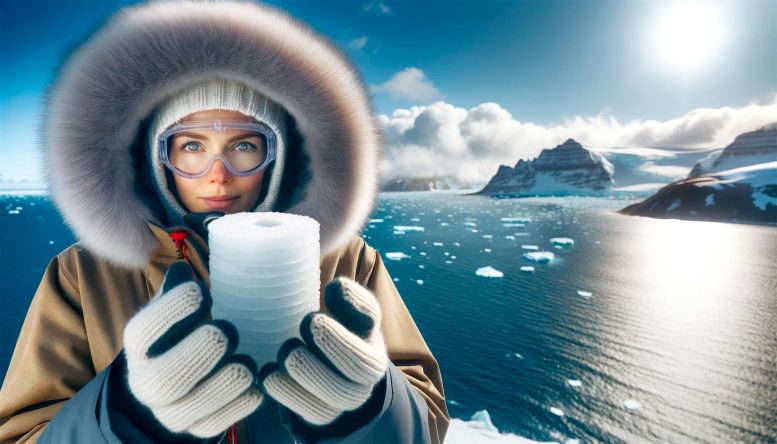
A study by the University of Washington, analyzing an 800-year-old ice core, suggests that phytoplankton populations in the North Atlantic have remained stable since the industrial era. This finding challenges previous assumptions of a significant decline and highlights the impact of industrial pollutants on atmospheric chemistry. Credit: SciTechDaily.com
New research reveals that North Atlantic phytoplankton populations have been stable since the industrial era, contradicting previous studies of decline.
To paraphrase Mark Twain, reports of declining phytoplankton in the North Atlantic may have been greatly exaggerated. A prominent 2019 study used ice cores in Antarctica to suggest that marine productivity in the North Atlantic had declined by 10% during the industrial era, with worrying implications that the trend might continue.
But new research led by the University of Washington shows that marine phytoplankton — on which larger organisms throughout the marine ecosystem depend — may be more stable than believed in the North Atlantic. The team’s analysis of an ice core going back 800 years shows that a more complex atmospheric process may explain the recent trends.
The study was published recently in the Proceedings of the National Academy of Sciences.
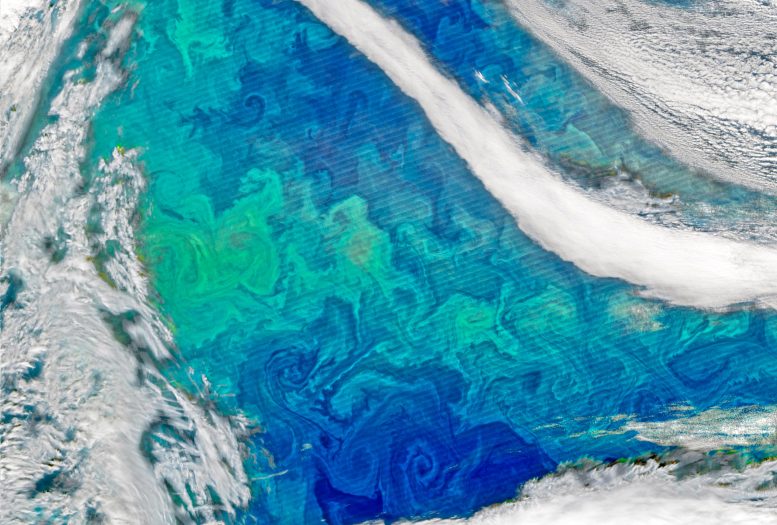
Satellites can detect reflections off chlorophyll in organisms that use this molecule for photosynthesis. This image shows reflections from phytoplankton in the North Atlantic that are swirling with ocean currents. While a previous ice core study concluded that phytoplankton in the North Atlantic had dropped by 10% since the mid-1800s, new research finds these populations may be stable after all. Credit: NASA
Understanding Phytoplankton’s Role
Tiny floating photosynthetic organisms known as phytoplankton form the base of the marine ecosystem. These microscopic creatures are also important to the planet as a whole, producing roughly half the oxygen in Earth’s atmosphere.
Since phytoplankton are hard to count, scientists attempt to measure their abundance in other ways. Phytoplankton emit dimethyl sulfide, an odorous gas that gives beaches their distinctive smell. Once airborne, the dimethyl sulfide converts to methanesulfonic acid, or MSA, and sulfate. These eventually fall out onto land or snow, making ice cores one way to measure past population sizes.
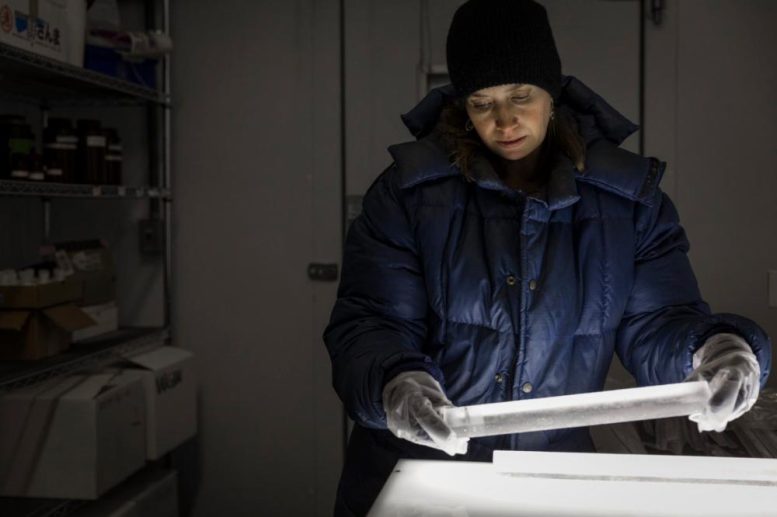
Becky Alexander in the cold room of the UW’s IsoLab with ice drilled from an ice sheet that preserves atmospheric conditions from previous centuries. Her team analyzed an ice core from central Greenland to show that emissions from photosynthetic marine organisms appear stable since the mid-1800s. Credit: Mark Stone/University of Washington
Insights From Greenland Ice Cores
“Greenland ice cores show a decline in MSA concentrations over the industrial era, which was concluded to be a sign of declining primary productivity in the North Atlantic,” said lead author Ursula Jongebloed, a UW doctoral student in atmospheric sciences. “But our study of sulfate in a Greenland ice core shows that MSA alone can’t tell us the whole story when it comes to primary productivity.”
Since the mid-1800s, factories and tailpipes have also been spewing sulfur-containing gases into the air. Those gases have slightly different forms of sulfur atoms that make it possible to distinguish the marine and land-based sources in ice cores.
A Deeper Historical Perspective
The new study goes further back than the previous study by measuring several sulfur-containing molecules in an ice core from central Greenland with layers spanning the years 1200 to 2006. The authors show that human-generated pollutants changed the atmosphere’s chemistry. This, in turn, altered the fate of the gases emitted by phytoplankton.
“When looking at the ice cores, we found that sulfate derived from phytoplankton increased during the industrial era,” Jongebloed said. “In other words, the decline in MSA is ‘offset’ by the simultaneous increase in phytoplankton-derived sulfate, indicating that phytoplankton-derived sulfur emissions have remained stable overall.”
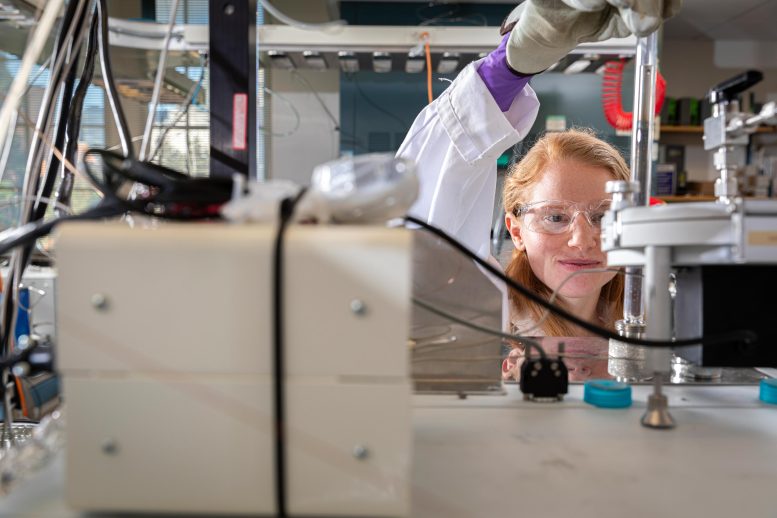
Ursula Jongebloed in UW’s IsoLab uses a machine, called a stable isotope mass spectrometer, to measure sulfur isotopes in an ice core from Greenland. Sulfur isotopes in ice cores reveal how sulfate sources — including marine phytoplankton, fossil fuel burning, and volcanic emissions — have changed over previous centuries. Credit: Mark Stone/University of Washington
Implications and Future Research
When that balance is included in the calculations, the phytoplankton populations seem fairly stable since the mid-1800s. The researchers caution, however, that marine ecosystems remain under threat from many directions.
“Measuring both MSA and phytoplankton-derived sulfate gives us a fuller picture of how the emissions from marine primary producers have changed — or not changed — over time,” said senior author Becky Alexander, a UW professor of atmospheric sciences.
“Ice core measurements along with other independent estimates of phytoplankton abundance (such as chlorophyll measurements) and paired with modeling studies (which help us estimate how atmospheric chemistry and climate change over time) can help us understand how marine productivity has changed in the past and how productivity might change in the future.”
Reference: “Industrial-era decline in Arctic methanesulfonic acid is offset by increased biogenic sulfate aerosol” by Ursula A. Jongebloed, Andrew J. Schauer, Jihong Cole-Dai, Carleigh G. Larrick, William C. Porter, Linia Tashmim, Shuting Zhai, Sara Salimi, Shana R. Edouard, Lei Geng and Becky Alexander, 17 November 2023, Proceedings of the National Academy of Sciences.
DOI: 10.1073/pnas.2307587120
Other co-authors are research scientist Andrew Schauer, doctoral student Shuting Zhai and former undergraduates Sara Salimi and Shana Edouard at the UW; Jihong Cole-Dai and Carleigh Larrick at South Dakota State University; William Porter and Linia Tashmim at the University of California, Riverside; and Lei Geng at the University of Science and Technology of China.
The study was funded by the National Science Foundation and the National Natural Science Foundation of China.




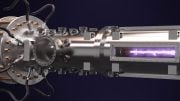



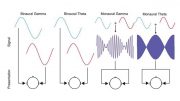
“New research reveals that North Atlantic phytoplankton populations have been stable since the industrial era, contradicting previous studies of decline.”
Damn!